U.S. Music Publishing Industry Valued at $2.2 Billion, NMPA Estimates More than Half of Value Lost Due to Govt Regs
FOR IMMEDIATE RELEASE / June 11, 2014
NEW YORK CITY -- Wednesday at its annual meeting the National Music Publishers’ Association (NMPA) released 2013 revenue data for the U.S. music publishing industry. Revenue across all income sources totals $2.2 billion. However, NMPA also estimated that roughly $2.3 billion is lost every year due to outdated copyright law and government regulations.
“We are finally able to capture what the industry is worth and, more importantly, what our industry is losing,” said David Israelite, NMPA President and CEO. “The new digital marketplace is changing how songwriters and their music publishing partners can thrive. As the marketplace evolves, it is essential our industry no longer be hamstrung by outdated laws and government regulation.”
For the first time in history, NMPA can quantify the total industry revenue and value through information collected from NMPA’s recent modernization program. The program requires music publishing members to provide revenue data and captures market share information. The total industry revenue is based on numbers reported to NMPA by its members for 2013 while the lost revenue calculations are based on projected fair market value of the industry in the absence of government regulations.
NMPA details the industry value in the following breakdown:
• Performance License - 52 percent: Public performance royalties represent the most important income stream for songwriters and music publishers. While the performance right is not explicitly regulated by law, the Department of Justice imposed consent decrees on the performance rights organizations ASCAP and BMI in 1941. Incredibly, those consent decrees still are in effect today and do not include sunset provisions.
• Mechanical License - 23 percent: Section 115 of the Copyright Act imposes a compulsory license that dates back to 1909. As a result of this World War I-era law, songwriters and music publishers are denied the right to negotiate the value of their intellectual property in a free market. For every song downloaded on iTunes, songwriters receive only 9.1 cents – the current rate set by the Copyright Royalty Board.
• Sync License - 20 percent: The use of music synchronized with audiovisual content represents the third significant source of revenue for songwriters and publishers. Traditionally this has included using music in movies, television shows, and commercials. Newer forms of this right include music videos produced by record labels as well as user-generated content such as videos on YouTube. For songwriters and music publishers, this is a free market right not regulated by law or consent decrees.
• Other - 5 percent: Songwriters and music publishers also receive income for the use of their content in other categories, such as sheet music and lyric websites.
About the NMPA: Founded in 1917, the National Music Publishers’ Association (NMPA) is the trade association representing American music publishers and their songwriting partners. The NMPA’s mandate is to protect and advance the interests of music publishers and songwriters in matters relating to the domestic and global protection of music copyrights.
